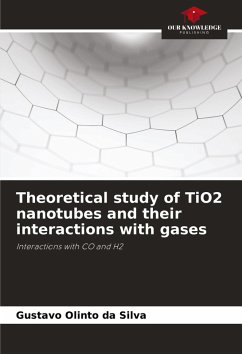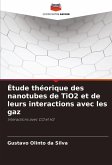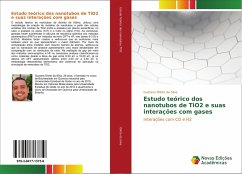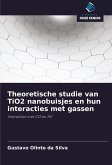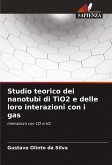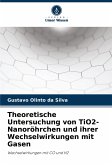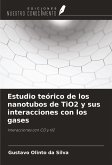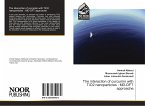The theoretical study of titanium dioxide nanotubes used a methodology for creating nanotube models from the unit cells of TiO2 crystals (rutile and anatase) in specific planes, in this case anatase in the (101) plane and rutile in the (110) plane. The structures generated were subjected to quantum mechanics calculations using semiempirical methods (PM7) and ab-initio DFT and HF methods, in the 6-31G and 6-311G bases. Models were created and it was found that the most stable structures were those with the largest diameters. A comparison between models with the same number of atoms showed that anatase nanotubes were more stable than rutile nanotubes. When evaluating the gap using semi-empirical and HF methods, the anatase nanotubes were classified as insulating due to the gap range between 6.00 eV and 10.00 eV, while the DFT values showed values between 2.00 eV and 2.50 eV. The methodology developed showed high potential for application in the simulation of TiO2 nanotubes.
Bitte wählen Sie Ihr Anliegen aus.
Rechnungen
Retourenschein anfordern
Bestellstatus
Storno

